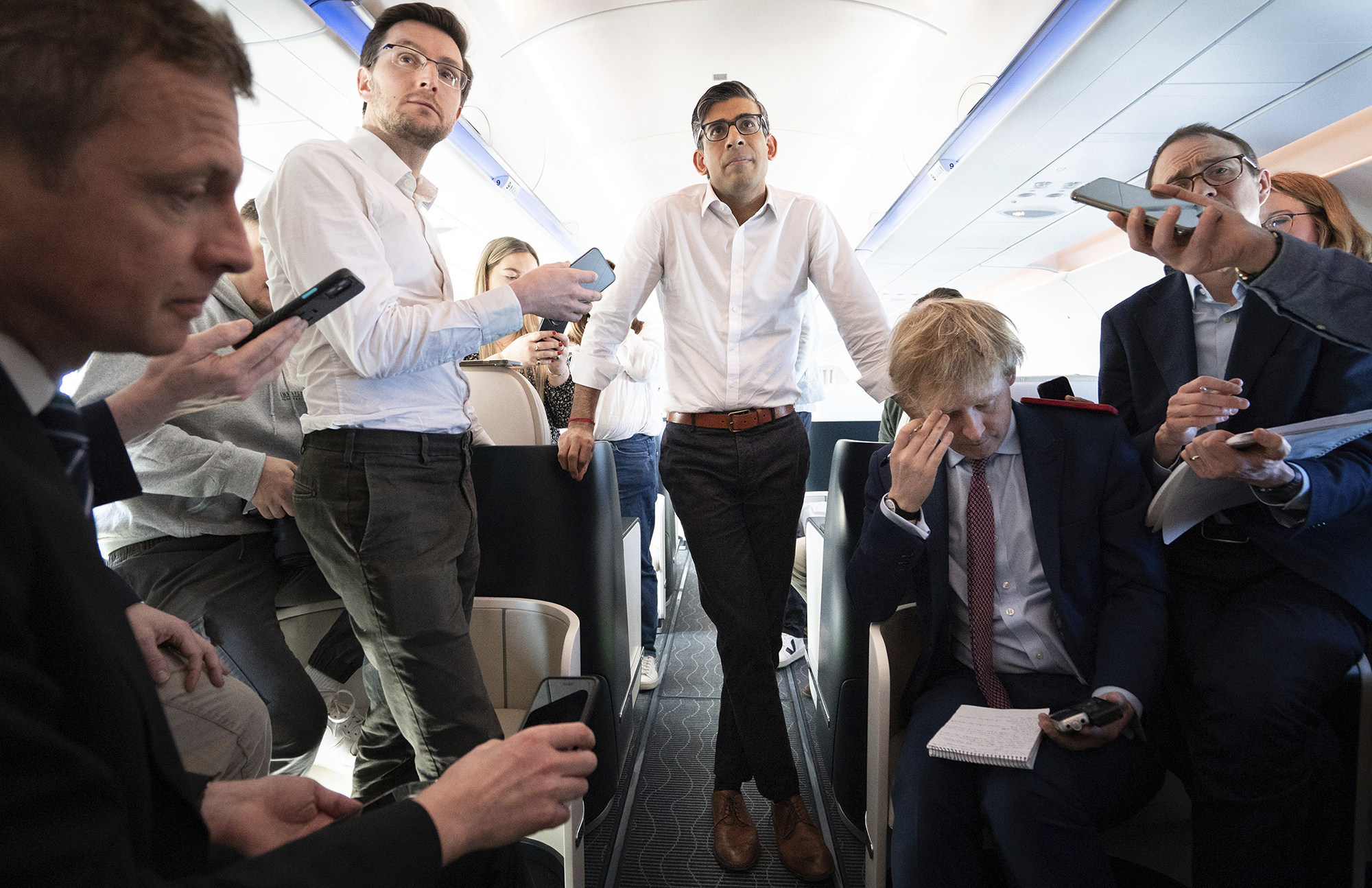
Plan to provide Aukus nuclear submarines unveiled by US, Britain, Australia leaders
- Canberra will purchase up to five conventionally armed, nuclear-powered submarines starting in the early 2030s
- Plan comes 18 months after allies announced new trilateral security pact that has angered Beijing
Biden on Monday stressed that the vessels were nuclear-powered but not nuclear-armed. China has repeatedly accused the alliance of weakening nuclear non-proliferation objectives.
“These boats will not have any nuclear weapons of any kind of them,” Biden said against a backdrop of US naval vessels and nuclear submarines at an outdoor ceremony at Naval Base Point Loma in San Diego. “We’re going to be the best in the world.”
Selling Australia up to five US Virginia-class submarines will avoid a “capability gap” between the time its Collins-class diesel-electric subs are retired in the 2030s and the new SSN Aukus vessels coming online a decade later, a senior White House official said.
The alliance will integrate trilateral submarine operations, greatly extend the range of Australia’s underwater fleet and allow coordinated patrols far closer to the Asian mainland without a port call.
Since the initial Aukus announcement, its members have been laying plans to share technology, bring the submarines on line, guard against nuclear proliferation and bulk up Australia’s expertise.
The Quad says it’s a ‘positive alternative’ to China. Can it deliver for Asia?
During the alliance’s first phase, now under way, US and UK nuclear-powered submarines will visit Australia regularly, giving workers and crews time to expand port facilities, train jointly and build up maintenance and shipbuilding skills.
Once Australia is up to speed, around 2027, the three English-speaking partners will establish a regular visitation schedule in Australia involving four US and one UK submarines to be known as Submarine Rotational Forces West, expanding the number of American and British underwater vessels in the Pacific at any given time.
This is designed to deter Beijing from considering hostilities against self-governing Taiwan before the full submarine building programme is complete, analysts said.
The second phase, starting in the early 2030s, will see Canberra buy the three US Virginia-class submarines with an option to acquire two more.
In the third phase, planned for the late 2030s, Australia and Britain will build SSN Aukus vessels that work off British designs – among the UK’s most advanced is the Astute-class fleet – and incorporate US technology.

The first British-built SSN Aukus ships will hit the water in the late 2030s, followed by the Australian-built vessels by the early 2040s.
Canberra said it had no intention of using the shared Aukus nuclear propulsion technology to develop nuclear weapons. It has also vowed to leave the uranium enrichment to others and handle all spent nuclear waste in Australia.
“This is going to require significant improvements in industrial bases in all three countries,” the first senior US official said. “And Aukus will adhere to the highest non-proliferation standards.”
US deterring Taiwan war by naming China top national security threat: Pentagon
“Our goal is to deter, because competition does not mean conflict,” US Deputy Defence Secretary Kathleen Hicks said in Washington. “Still, we must have the combat credibility to win if we must fight.”
Monday’s ceremony was held amid flags, bunting and a long line of American sailors clad in starched white uniforms.
“The steps we are announcing today will help us to advance these mutually beneficial objectives in the decades to come.”

The 115-metre (377-foot) long Virginia-class vessels cost about US$2.8 billion each, and the 97 metre-long Astute-class submarines cost about US$2 billion apiece.
Beijing has decried the alliance, warning that Aukus risks launching an arms race, furthering a “Cold War mentality” and threatens to undermine global non-proliferation efforts.
American officials on Sunday said the alliance would be fully transparent and adhere to the highest non-proliferation standards. Beijing, for its part, has embarked on an aggressive nuclear weapons build-up in recent years and opted not to participate in global treaties to check their spread.
As relations between Washington and Beijing have hit new lows, analysts note a pattern of tit-for-tat moves, with each convinced the other side is the aggressor.
Aukus pact, rare earth production will keep Australia self-reliant: Albanese
“Each step that the US takes with allies to bolster defence and deterrence is described by Washington as a response to a China challenge and by Beijing as yet another move to contain and encircle China,” said Daniel Russel of the Asia Society Policy Institute and formerly a long-time State Department and National Security Council official.
“The net effect of Monday’s Aukus announcement may well be to ensure China’s military can get generous funding for its own submarine – and anti-sub warfare – programmes,” he said.
Another challenge is that the US is well behind in producing its own Virginia-class submarines. Fewer than two dozen have been delivered of the 66 planned, which could leave it distracted.
“Without changes to the rules governing export controls, America is unlikely to see its allies either as capable or perhaps as willing to contribute to regional security,” said Charles Edel, Australia chair at the Centre for Strategic and International Studies.

“This is a question about whether there will be enough political pressure to force changes in the way the US shares sensitive technology and collaborates with both Australia and Britain,” he added.
The development coincided with both powers seeking to score points and claim the moral high ground amid their intensifying competition.
“For China, drawing European powers like the UK deeper into Asia’s security mix may be even more disturbing than the prospect of Australia acquiring nuclear-powered submarines,” said Russel.
“Beijing will add the Aukus announcement to a list of offences that already includes American military aid to Ukraine and Taiwan,” he said.
“They will paint a sharp contrast between US weapons sales and China’s diplomatic success in brokering an agreement between Iran and Saudi Arabia.”
Additional reporting by Khushboo Razdan in New York and Chad Bray in London

